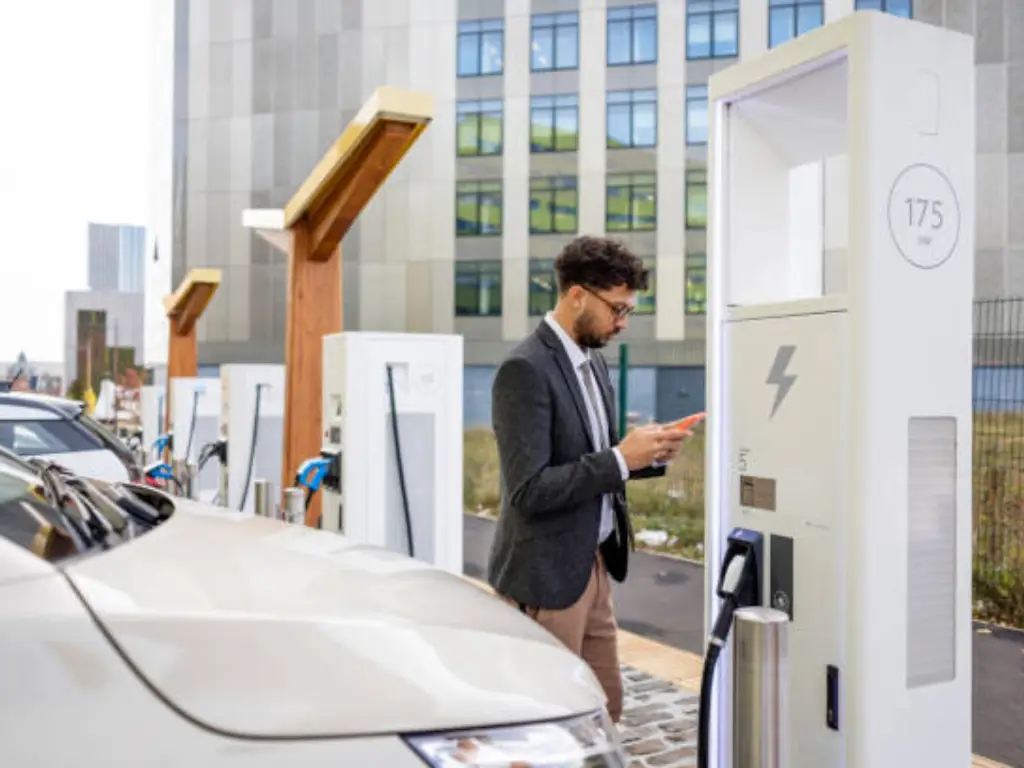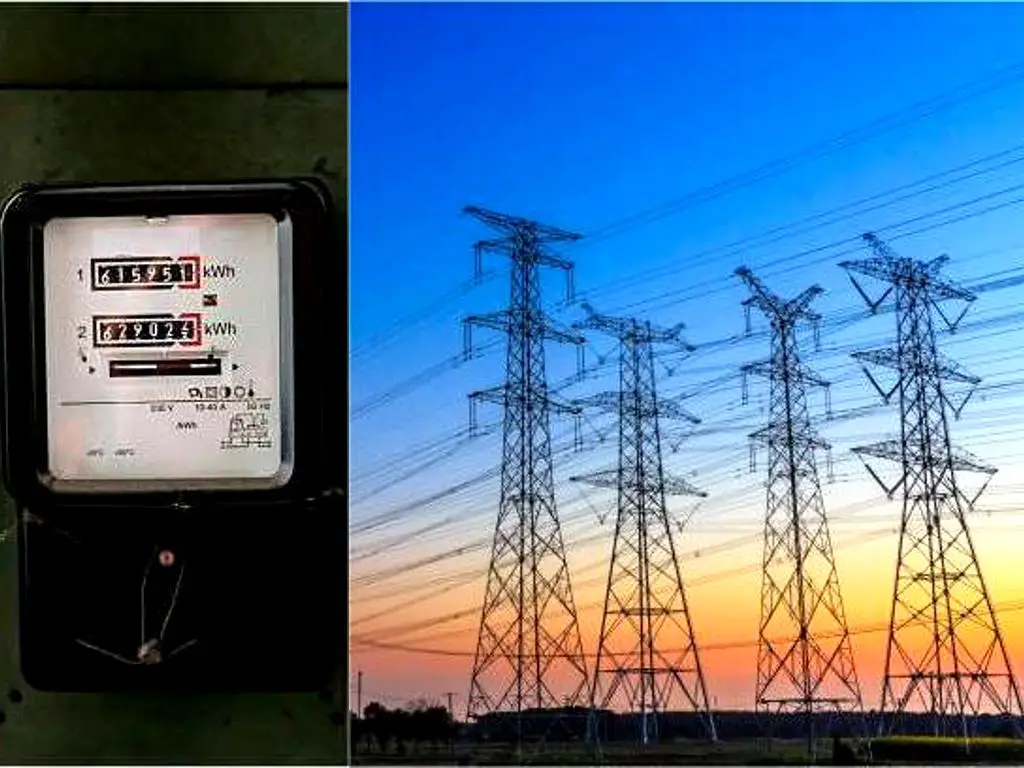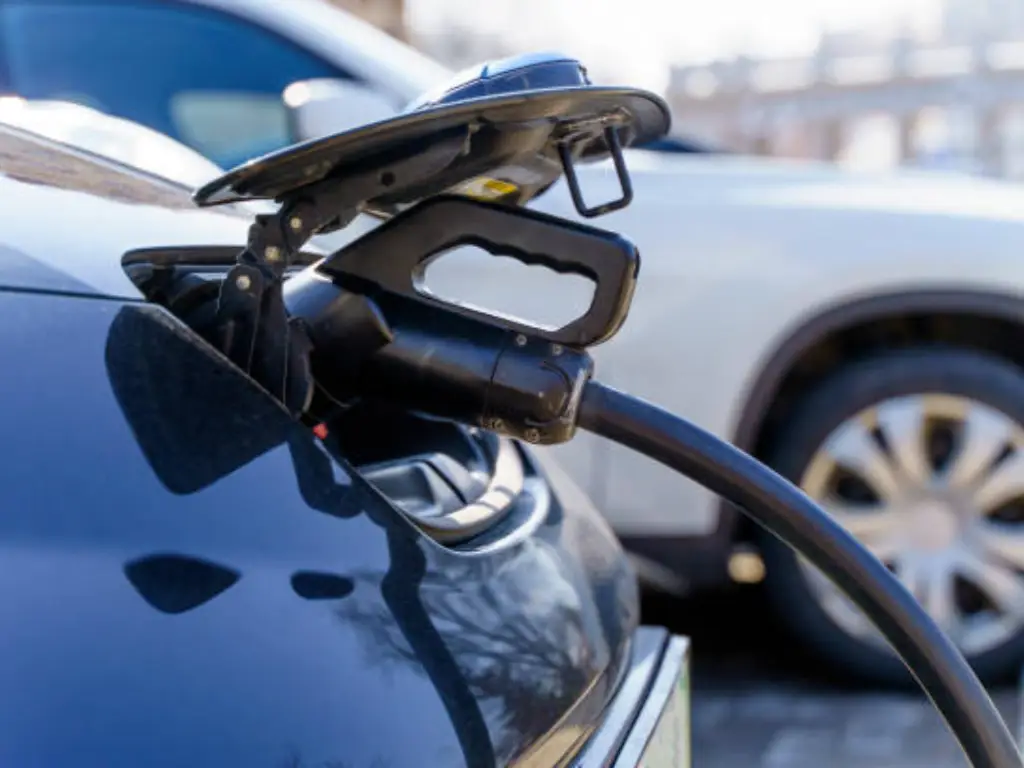Fleet Electrification Strategy: A Complete Guide for Sustainable Transport
Share this article in Social Media:
- Home
- Fleet Electrification Strategy: A Complete Guide for Sustainable Transport
This guide is not built as a speculative exercise in possibilities, but as a definitive guide to action. It is intended to be used by the decision-maker, offering a rational, step-by-step approach to this essential change with vision, accuracy, and business acumen.
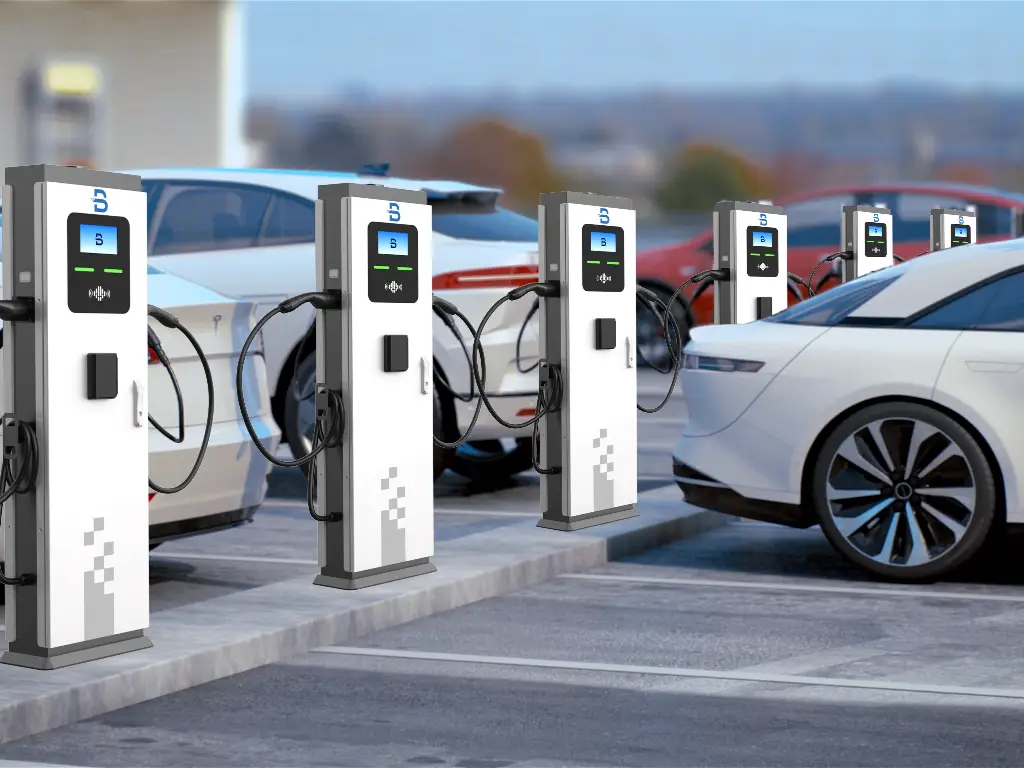
What Is a Fleet Electrification?
Fundamentally, a fleet electrification strategy is the holistic, systemic approach to converting an organization’s vehicle fleet to fossil fuel-powered engines, like traditional internal combustion engine vehicles, to electric drivetrains. This goes much beyond mere vehicle procurement. It is a core re-engineering of how a company manages its energy, operational logistics, maintenance procedures and long term financial planning. It is an investment in a new operating ecosystem, and the vehicle is the terminus of a far more profound strategic flow.
The reason why this is so urgent at this moment is because of a potent convergence of forces that have now reached critical mass:
- Unquestionable Economic Feasibility: Total Cost of Ownership (TCO) studies have now consistently shown a strong financial case in favor of electric vehicles over their working life, and the argument has moved beyond an environmental ideal to a commercial necessity.
- Firming up Regulatory Pressure: Governments all over the world are enforcing tougher emissions norms and zero-emission zones, and compliance is becoming a mandatory condition of market entry and business survival in the future.
- High Technological Maturity: Electric vehicles and the charging infrastructure have now become mature, robust, and reliable systems, and the performance and utility limitations of the past have been removed.
Failure to pay attention to this confluence threatens operational efficiency, regulatory non-compliance, and a gradual loss of competitive advantage.
Key Benefits of Implementing a Fleet Electrification Strategy
The task may appear to be epic without a clear vision of the rewards. The payoffs of a properly implemented strategy are real, significant, and far beyond the tailpipe.
- Profound Economic Benefits
The greatest measurable advantage is a much reduced Total Cost of Ownership (TCO), leading to significant cost savings. This is motivated by two factors: the lower cost, price-stable electricity as fuel and the significantly lower maintenance requirements. With less maintenance required, EVs do away with regular oil changes, exhaust system maintenance, and a significant portion of the wear on braking systems, as they have many fewer moving parts. This is directly translated to predictable operational budgets, reduced vehicle downtimes and higher productivity. - Improved Operational Resilience and Control
Moving to on-site EV charging gives you more control over your energy supply than ever before, establishing operational resilience. An electrified fleet is not subject to the price fluctuations and supply shocks of the fuel costs market, especially for those reliant on diesel fuel. Such control enables strategic energy management, such as charging during off-peak hours when energy costs are low, particularly when combined with on-site solar or energy storage, further reducing operational costs. - Enhanced Corporate Reputation and ESG Performance
Commercial fleet electrification is an effective and visible way of showing a company is committed to sustainable practices in the modern market. It directly responds to the most important Environmental, Social, and Governance (ESG) standards that investors, customers, and partners examine. A zero-emission fleet will lower your greenhouse gas emissions, reduce local air pollution, and place your brand as a progressive leader, which will help you attract and retain the best talent. - Better Driver Experience and Safety
Electrification has great advantages for drivers. EVs are less strenuous, smoother and quieter operations, which decreases fatigue. The electric motor has instant torque, which gives responsive acceleration, making it safer in urban areas. This better working environment results in increased job satisfaction and can help reduce employee turnover, which is a key indicator of any fleet operation.
Step 1: Assessing Your Fleet’s EV-Readiness
A winning strategy should be constructed on the basis of a thorough data analysis before a single vehicle is ordered. This preliminary evaluation stage is not a matter of speculation, but a matter of substituting assumptions with empirical data to determine the most rational and effective course of action for your fleet vehicles.
Analyzing Routes and Vehicle Duty Cycles
The initial step is to come up with a close familiarity with the way your existing fleet functions. This is achieved by using telematics data to examine the particular duty cycle of every vehicle. The most important measures to examine are daily mileage, average and maximum trip distances, idle or dwell times (and their locations), payload requirements, and terrain. This data-driven process enables you to segment your fleet. The low-hanging fruit will be obvious to you–those vehicles that run on predictable, shorter routes and have long dwell times at a central depot overnight. These are your best bets to start a pilot program, since their usage patterns are ideal to the current capabilities of EV technology and centralized charging.
Calculating Your Total Cost of Ownership (TCO) Baseline
Having an operational baseline in place, it is time to develop a financial baseline. Electrification is cruciel to a thorough TCO analysis. This is done by estimating the total lifecycle cost of your current ICE vehicles and comparing it to a detailed estimate of the cost of their electric counterparts. The table below summarizes the breakdown of cost components of ICE and EV fleets:
| Cost Category | Internal Combustion Engine (ICE) Vehicles | Electric Vehicles (EV) |
|---|---|---|
| Capital Expenditure | Initial purchase price | Vehicle purchase price (factoring in subsidies/incentives) |
| Fuel / Energy | Gasoline or diesel costs | Electricity costs (including time-of-use rates) |
| Maintenance & Repairs | Regular oil changes, exhaust system, brake wear | Simplified maintenance, fewer moving parts, battery & drivetrain checks |
| Infrastructure | None (fuel stations already available) | Charging infrastructure installation and grid connection (amortized) |
| Insurance & Taxes | Standard premiums and licensing fees | Insurance and licensing (in some regions reduced) |
| Lifecycle Total Cost | Higher, subject to fuel price volatility | Lower, stable and more predictable |
Step 2: Selecting the Right Electric Vehicles for Your Needs
With a clear picture of your fleet operational requirements and financial floor, the vehicle selection process becomes one of exact matching. The current EV market is mature and broad, with a large selection of competent vehicles in all significant categories, including light commercial vans (LCVs), medium- and heavy-duty trucks (MDTs and HDTs).
It should not be a brochure specification that drives the selection process, but data. The main criteria are:
- Real-World Range: Be sure that the advertised range of the vehicle is well above the highest daily mileage you found during your route analysis, and add a margin to account for weather and topography.
- Payload Capacity: Consider the weight of the battery pack. Make sure that the net payload capacity of the vehicle suits your operations.
- Battery Thermal Management: In fleets that have to work in extreme hot or cold conditions, an active thermal management system is a must to maintain battery health and performance, and battery capacity.
- Charging Capability: Learn the maximum AC and DC charging rates of the vehicle. This is essential in matching the vehicle to your charging infrastructure and reducing downtime.
It is strongly recommended that you start a pilot program with a few vehicles to prove their performance in your particular operational environment before making a large-scale purchase.
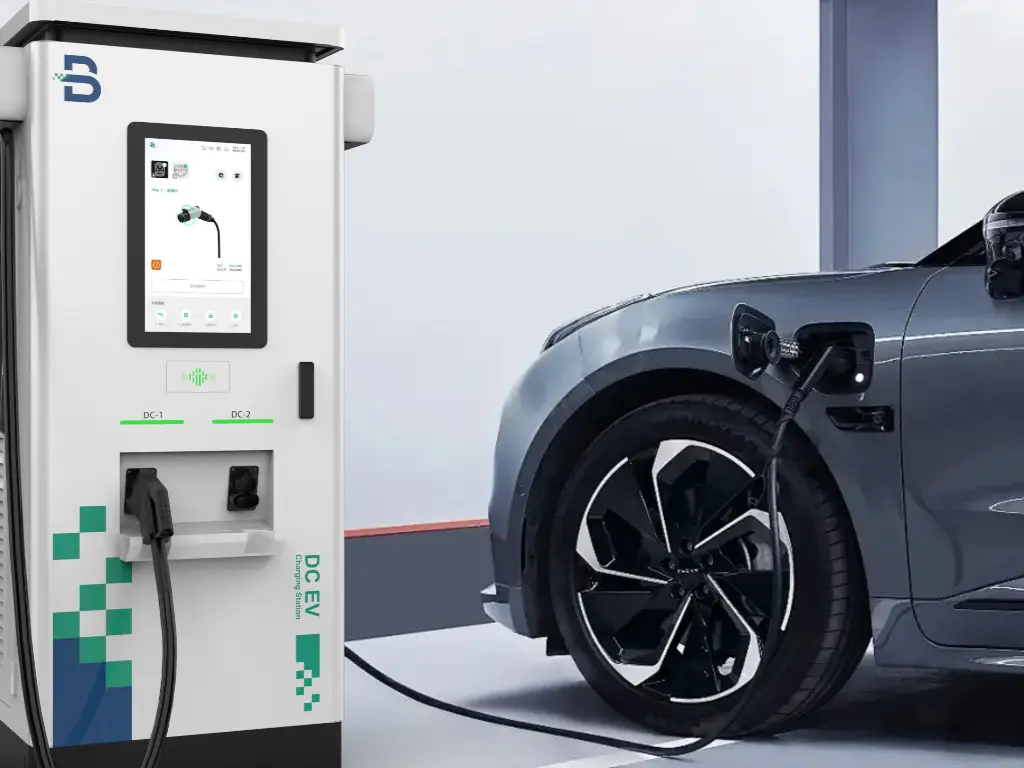
Step 3: Designing Your Charging Infrastructure – The Heart of Your Strategy
The vehicles are the lifeblood of your fleet, and the charging station infrastructure is its heart, the central, vital organ that gives the energy needed to perform any action. Failure in this case paralyzes the whole operation. The most important aspect of an effective fleet electrification plan is the design of your charging system, and it requires careful planning. This is where a loose strategy ensures failure.
The Critical Trio: Charging Hardware, Software, and Power Management
There are three pillars to a successful charging ecosystem. The first is the hardware. This also involves the chargers themselves. The types of chargers you select, whether you use AC Level 2 chargers to charge overnight or DC fast chargers to get a quick turnaround are solely based on the duty cycles of your fleet. The hardware should be industrial, designed to be used in high-utilization commercial settings, not consumer.
Second is the software. This is the intelligence that operates the system. An effective charge management software system is necessary to maximize energy consumption. It enables you to schedule charging to take advantage of the lowest off-peak electricity rates, control the electrical load to prevent expensive demand charges, and process payments or monitor usage by vehicle and driver.
Third is power management. This is the interface with the electric power grid that is critical. A detailed site assessment is required to know the available power capacity of your depot. Anything beyond this capacity may result in crippling costs of infrastructure upgrades. It is not an option to work with your local utility early in the process; it is a basic requirement.
Alternatively, a more mature approach circumvents these constraints by deploying a self-sustaining energy ecosystem that incorporates on-site solar, battery storage, and smart fast chargers. This solution not only reduces the necessity of costly grid upgrades but also turns the depot into a robust energy hub.
Partnering for Success: How Beny Helps You Electrify Your Fleet
Step 4: Integrating EVs and Training Your Team
The most advanced hardware is only as effective as the people who operate it. Electric transition is a major change management project. You have to take your drivers, technicians, and dispatchers with you.
Training of the driver is the most important. It should address the practical aspects of driving an EV, like how to get the most range by using regenerative braking. It also needs to take care of the psychological factors, which mostly range from anxiety, by giving clear guidelines on charging and route planning.
New skills will be needed by your maintenance team as well. Although EV maintenance is easier, it is not the same. Technicians should be trained on high-voltage safety protocols and the diagnostics of electric powertrains. Active investment in training will provide a seamless integration in operations and a culture of confidence and acceptance.
Navigating EV Funding: Incentives, Rebates, and Policy Opportunities
Initial capital outlay on vehicles and infrastructure may be high. But there is a huge and expanding ecosystem of financial incentives to counter these expenses. The investigation of these opportunities is not an optional add-on to the strategic financial plan; it is part and parcel of the strategic financial plan.
Such opportunities are available on several levels. At the federal level, such initiatives as the Inflation Reduction Act in the United States provide significant tax credits to buy commercial electric vehicles and install charging infrastructure. Many governments and municipalities at the state and local levels provide further rebates and grants. Moreover, utility companies themselves can be a major incentive to businesses to install smart charging infrastructure that can assist in stabilizing their electrical grid. Careful research and application of these funds can significantly reduce the TCO calculation and reduce the payback period on your investment.
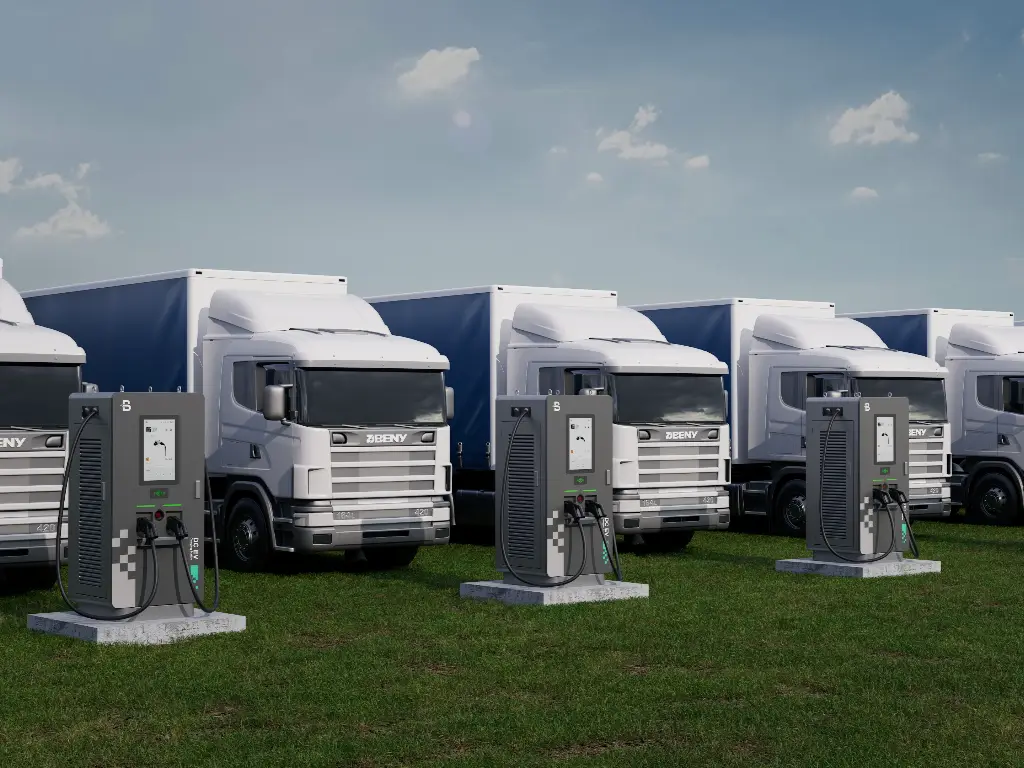
Measuring Success and Scaling Your Fleet Electrification Strategy
A strategy is not a static plan but a living document. The last step of the initial rollout is to create a strong performance measurement framework that will guide you on how to scale the initiative to the rest of your fleet.
Set clear Key Performance Indicators (KPIs) at the beginning. These must be:
- Cost per mile (EV vs. ICE).
- Uptime and utilization of vehicles.
- Energy consumption and cost in total.
- Charging session data (time, energy delivered).
- Reductions in carbon emissions.
The information that you have collected in your pilot program is priceless. Examine it critically to determine what has worked and what needs to be improved. This feedback loop based on data will enable you to optimize your vehicle choice, charging schedules, and driver training programs as you scale the transition of a pilot program to a fleet-wide standard.
Future Outlook: Key Trends Shaping Fleet Electrification
The technology and strategy of fleet electrification are not fixed. In the future, there are a number of trends that will define the next stage of this transformation.
- Vehicle-to-Grid (V2G) Integration
This technology will turn fleets into dynamic energy resources. V2G allows parked vehicles to release stored energy back to the grid during peak demand to create new revenue streams for fleet owners and stabilize the power supply. - Operational Optimization with AI
Artificial Intelligence will play a central role. Real-time optimization of fleet operations will be achieved by AI-powered platforms that automatically schedule charging based on energy prices, vehicle routes, and even weather, unlocking efficiencies that cannot be achieved through manual management. - Next-Generation Battery Technology
Ongoing improvements, including the advent of solid-state batteries, will provide even more vehicle range, much faster charging, and improved safety. This will also reinforce the argument of an all-electric future in transport.
Conclusion
Fleet electrification is a strategic process, not a buying decision. It demands thorough evaluation, prudent planning and smart execution. Whether it is the analysis of vehicle duty cycles or the design of a robust charging infrastructure and training your team, each step is essential. The obstacles are not imaginary, yet they can be overcome with a clear and data-driven approach. The payoffs, in monetary savings, environmental responsibility, and business control, are dramatic. The deliberation period is past. It is time to develop your strategy.
© 2025 Fleet Electrification Strategy Guide – Professional EV Charging Solutions
